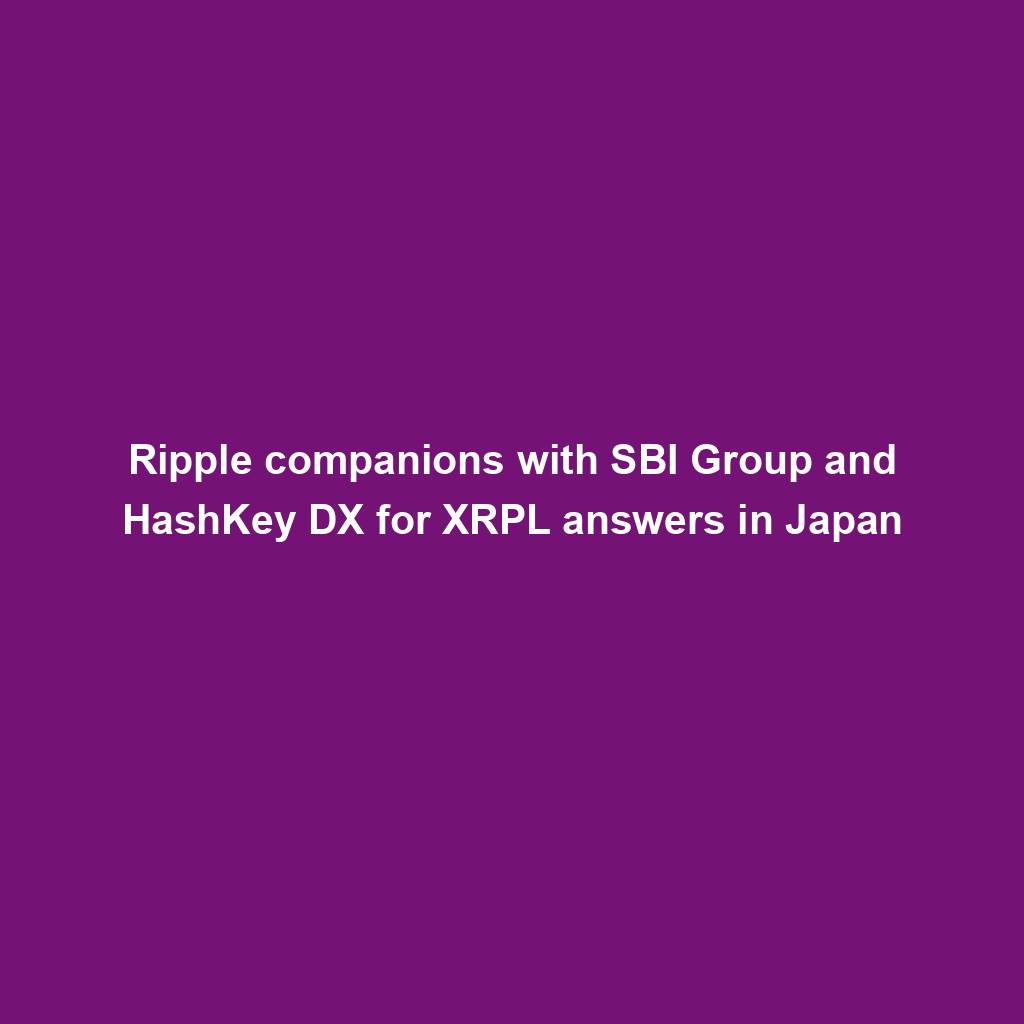While you may have learned about generative artificial intelligence (AI), you may not know what it means for the future of Finance and Accounting (F&A). As the name suggests, it generates images, music, speech, code, video or text, while it interprets and manipulates preexisting data. For F&A leaders, this means that it may have the ability to transform financial data, such as business performance reports, commentary and narratives. Though AI adoption may seem daunting, the flexibility and scalability of emerging foundational models will most certainly accelerate AI adoption as enterprises are empowered to put AI to work at the strategic core of F&A processes.
As you encounter new generative AI solutions and unique AI foundation models for F&A, you may find yourself overwhelmed by all the options. It will be important for you to be selective and confident that the model you choose can effectively accelerate adoption and reduce time to value for your F&A use case overall.
What is generative AI, what are foundation models, and why do they matter?
Financial reporting narratives (as well as commentary) play a pivotal role in providing meaningful insights and contextual understanding of a company’s financial performance. Financial analysts craft these narratives currently, but this approach is time consuming. We must transform from manual processes (that require meticulous analysis, critical thinking and effective communication skills) to AI-powered processes that streamline and improve operational efficiency.
Overcome challenges and create stronger narratives
We recognize that companies often face several challenges when it comes to creating reports and narratives, including but not limited to:
- Complexity of financial information: Financial reports contain large amounts of information, and condensing this information into a concise and understandable narrative can be a significant lift.
- Interpretation and contextualization: Financial reports need to deliver insights beyond the numbers they feature; they should provide meaningful context that aids in interpreting financial data. If poorly executed, these reports can limit our ability to explain the underlying drivers of performance.
- Tailoring to different stakeholders: Financial reports serve various stakeholders, including investors, analysts, regulators and employees. The act of tailoring narratives and commentaries to address different stakeholders’ needs is challenging. Providing information that is relevant, understandable and insightful for each of these groups can be very labor intensive.
- Timeliness and conformance: Financial reporting must be executed according to strict timelines and deadlines. Companies are challenged with gathering, analyzing and compiling financial information from different sources. Given this constraint, the workload reduces the time available for thoughtful analyses and commentary. This results in narratives that aren’t as comprehensive and insightful as they should be.
Despite these challenges, we’re confident that strategically implementing generative AI in F&A will lead to improvements in productivity and streamline F&A operations.
For instance, we have illustrated how generative AI can improve cycle times when generating financial report narratives and commentary. Figure 1 shows financial processes that might have taken nearly two weeks to complete, and Figure 2 shows how those processes are now accelerated with the application of generative AI throughout, resulting in real-time commentary and narrative generation.
Instead of searching through a collection of F&A assets manually, you can harness AI and reduce the time it would take to gather or research the required insights (such as a company’s performance in relation to its competitors, key actions to take, probable analysts’ questions and the company’s response). AI analyzes financial statements, notes, disclosures and other and applicable data, then translates and interprets the data to provide context-rich answers to your questions. Figure 3 highlights ancillary benefits that conversational AI technology provides.
There are several advantages to leveraging generative AI for writing commentary and narratives to aid in financial reporting, such as:
- Greater efficiency: AI can help you significantly reduce the time and effort required to write these narratives, and the tech can also analyze and process large volumes of financial data, identify key trends and insights, and generate coherent narratives for you, saving your finance teams valuable time so that they can focus on higher-value tasks and analysis.
- Improve consistency and accuracy: Consistency in messaging across different reports and reporting periods is a critical benefit. Well-trained models can ensure that you adhere to predefined rules, standards and guidelines, reducing the risk of errors and eliminating inconsistencies in these narratives. The accuracy of the generated content can also be improved through iterative training and feedback loops.
- Enhanced data analysis: Generative AI can analyze complex financial data and identify patterns, correlations and anomalies that might be challenging for humans to spot on their own.
- Foster scalability and adaptability: Your ability to scale effortlessly is critical. With generative AI, you’ll be able to accommodate the growing volume of financial data and reporting requirements, enabling you to handle increasing reporting demands efficiently (and the tech will adapt as these demands evolve).
- Deliver critical insights to decision making: AI-generated financial reporting narratives can provide valuable and timely insights to stakeholders, aiding strategic decision making, risk assessments and performance evaluations.
- Facilitate collaboration and iteration planning: Generative AI can facilitate collaboration between finance professionals and AI systems. Through iterative training and fine-tuning, the system can continuously improve its performance and adapt to the specific requirements and preferences of the organization.
Learn about six AI capabilities that drive world-class results from AI investments
Strategic roadmaps are an essential step
While generative AI and other capabilities may be ready now, we recommend you approach it holistically and strategically when possible, assessing and exploring the right generative AI tech stack for deploying the most promising F&A tactics together with your peers (i.e., information technology). Figure 4 illustrates a preliminary tech stack (or architecture) for generative AI that accounts for the applications, models and infrastructure that you should consider to effectively deploy these new capabilities across your F&A organization.
As you consider implementing generative AI in your F&A function across your core processes, it’s crucial to understand that this technology is not a silver bullet. It will not solve all your problems or replace the need for human expertise. Instead, consider it as a tool that can augment and enhance the capabilities of your F&A team, leading to more efficient, accurate, insightful work that focuses on strategic initiatives that drive value for the business.
To increase business value, F&A practitioners must approach the application of generative AI with a clear understanding of their objectives and a well-defined roadmap. Here are some important considerations our F&A experts provided:
- Start with a sound AI strategy. In our blog series, we discussed the dramatically enhanced capabilities that these foundation models deliver, such as improvements in experience and business value delivered through the summarization of financial reports. For starters, reflect and map out the intended impacts on cost, efficiency and strategy for disseminating new AI-driven F&A insights across the enterprise.
- Pilot the technology. Start with a pilot project that addresses a specific business problem or challenge. The project should provide quick wins and measure the results rigorously to determine the impact on performance and ROI. Refine your approach further and scale up to other use cases gradually.
- Design a well-defined F&A roadmap. Generative AI has the potential to transform F&A functions by enabling faster, more accurate and insightful decision-making. It’s essential to approach adoption thoughtfully and tactically, with a clear understanding of AI’s capabilities and limitations and a well-defined stepwise and time-based roadmap that aligns with your business objectives.
- Co-create with a tech partner with F&A expertise. With any new technology, you must consider how it can be applied to solve your business problems. It is essential to partner with someone that can co-create with you and help you deliver a strategic finance-led technology roadmap for transformation (along with value realization benefits) before you dive into generative AI.
- Consider the ethical implications. It’s critical to ensure that the data used to train these models is unbiased and representative, and that the algorithms used do not perpetuate or amplify existing biases. Moreover, it’s important to monitor the outcomes regularly to detect and address any unintended consequences of the technology.
- Communicate with your F&A teams about it. Your team should know how this technology is augmenting your workforce. Questions will arise about whether it will replace very capable F&A professionals throughout the enterprise. If implemented with this in mind (and once properly vetted and deployed by F&A), generative AI will create a hybrid human-digital workforce that accelerates your people’s ability to complete workflows quickly and accurately.
When you decide to introduce and implement generative AI at scale, IBM’s Center of Excellence for generative AI will help you pick the right AI toolkit to securely deploy trusted AI and leverage enterprise AI like IBM’s watsonx, our enterprise-ready AI and data platform, proprietary or third party models (or even a mix) based on your unique business challenges and goals. We can help you build a strategic roadmap for transformation, so generative AI can deliver immense business value and improve operational efficiency.
Explore more posts in this blog series, The Future of Finance with Generative AI, to learn more about how generative AI can help F&A professionals and streamline and enhance F&A functions.
Focus finance on developing and executing strategy
More in this category ...
Ripple companions with SBI Group and HashKey DX for XRPL answers in Japan

April sees $25M in exploits and scams, marking historic low ― Certik

MSTR, COIN, RIOT and different crypto shares down as Bitcoin dips

EigenLayer publicizes token release and airdrop for the group

VeloxCon 2024: Innovation in knowledge control

Successful Beta Service release of SOMESING, ‘My Hand-Carry Studio Karaoke App’

Dogwifhat (WIF) large pump on Bybit after record reasons marketplace frenzy

How fintech innovation is riding virtual transformation for communities around the globe

Wasabi Wallet developer bars U.S. customers amidst regulatory considerations

Analyst Foresees Peak In Late 2025

Solo Bitcoin miner wins the three.125 BTC lottery, fixing legitimate block

Ace Exchange Suspects Should Get 20-Year Prison Sentences: Prosecutors

Google Cloud's Web3 portal release sparks debate in crypto trade

Bitcoin Primed For $77,000 Surge

Bitbot’s twelfth presale level nears its finish after elevating $2.87 million

PANDA and MEW bullish momentum cool off: traders shift to new altcoin

Commerce technique: Ecommerce is useless, lengthy are living ecommerce

Republic First Bank closed by way of US regulators — crypto neighborhood reacts

China’s former CBDC leader is beneath executive investigation

Bigger isn’t all the time higher: How hybrid Computational Intelligence development permits smaller language fashions

Pantera Capital buys extra Solana (SOL) from FTX

Successful Beta Service release of SOMESING, ‘My Hand-Carry Studio Karaoke App’

SEC sues Bitcoin miner Geosyn Mining for fraud; Bitbot presale nears $3M

Business procedure reengineering (BPR) examples

85% Of Altcoins In “Opportunity Zone,” Santiment Reveals

Sam Altman’s Worldcoin eyeing PayPal and OpenAI partnerships

Artificial Intelligence transforms the IT strengthen enjoy

Franklin Templeton tokenizes $380M fund on Polygon and Stellar for P2P transfers

Meta’s letting Xbox, Lenovo, and Asus construct new Quest metaverse {hardware}

Shiba Inu (SHIB) unveils bold Shibarium plans as Kangamoon steals the display
